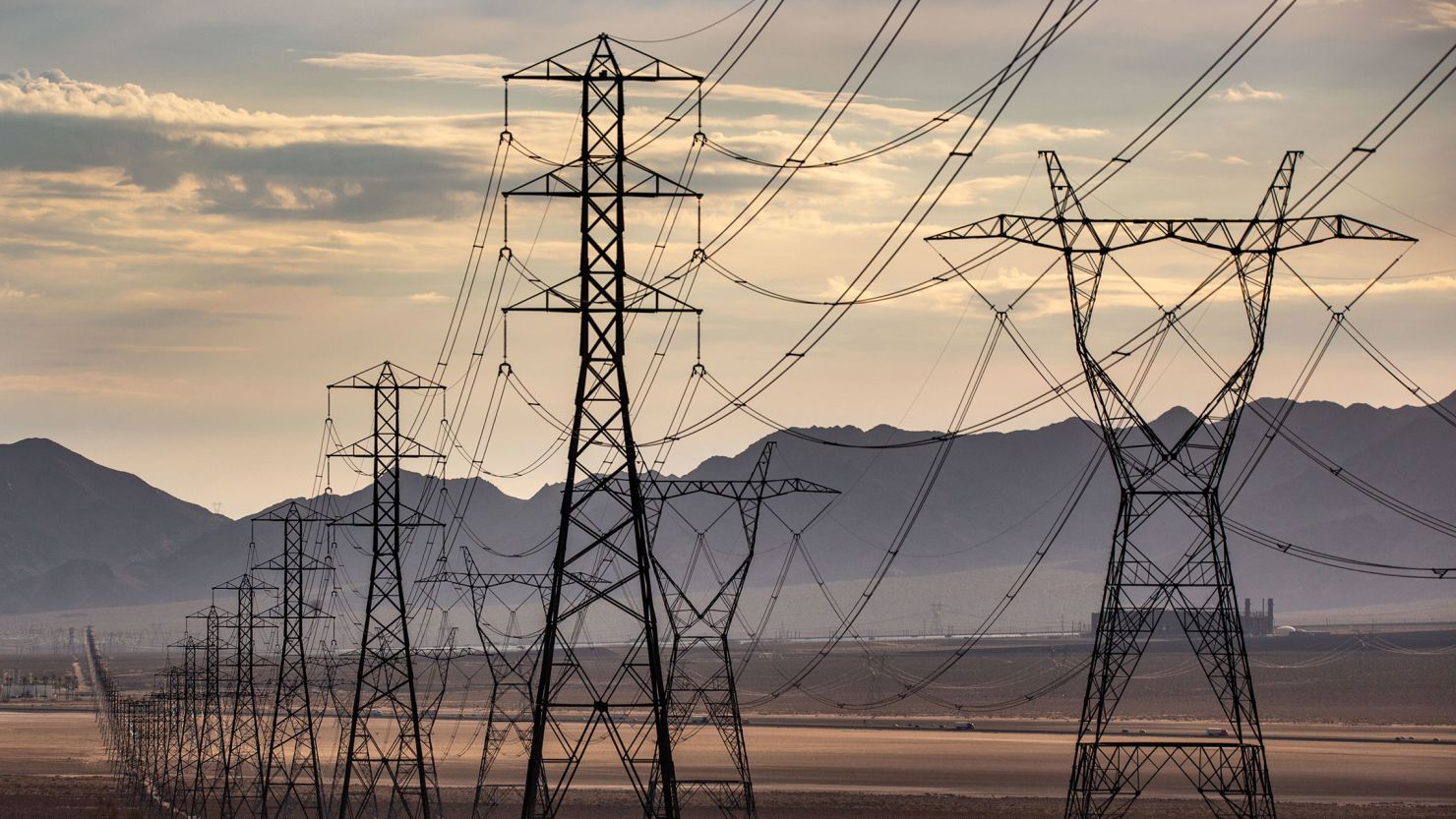The Biden administration is announcing it will spend $1.3 billion of new federal funding to help create three new, massive electrical transmission lines in the Southwest and New England, in an effort to improve the nation’s power grid and get more renewable energy into America’s homes and businesses.
The lines will span from Arizona to New Mexico, another from Nevada to Utah and a third running through Vermont and New Hampshire and extending into Canada.
Energy Secretary Jennifer Granholm and White House national climate adviser Ali Zaidi said at a briefing the lines will bring a significant amount of new wind, solar and Canadian hydropower onto the grid, adding about 3.5 gigawatts of additional electrical capacity to the grid – enough to power around 3 million homes.
Even so, the Energy Department has concluded the US needs about 30 gigawatts of additional interregional capacity added to its grid. While the three projects announced Monday are being built with money from the bipartisan infrastructure law, spurring more could be challenging with a divided Congress.
Granholm said a recent Department of Energy report found “we need to seriously build out transmission in order to improve reliability and resilience, and of course, to lower energy costs and relieve congestion on the grid. And that’s exactly what these three projects that we selected are going to do.”
Several attempts to build out new electrical transmission in New England and to connect the region to Canada’s hydropower resources in the past decade have failed due to local opposition from both environmental groups and local landowners. But Zaidi said the projects were also selected with an eye toward building in existing rights-of-way and adding capacity to existing lines to try to alleviate concerns.
“I do think the approach to find existing right of ways or creative right of ways that are less disruptive is one that we are finding successful across the country,” Zaidi told reporters, speaking about a Midwest transmission line being built across existing railroad infrastructure. “One of the things we’re seeing with developers, and that we’re eager to be a partner on, is finding low-conflict paths to connect low-cost energy to consumers who are excited to see that translated to lower bills.”
Construction will start on the Southwest lines in 2025. The New England project, which requires building and burying an underground transmission cable, will break ground in 2026. Depending on construction timelines, the projects could be operating by 2027 or 2028.




